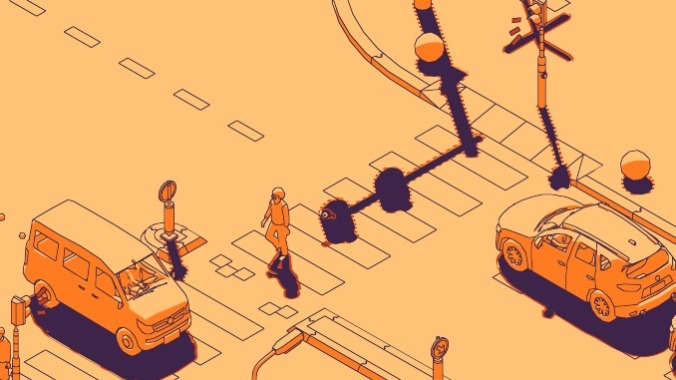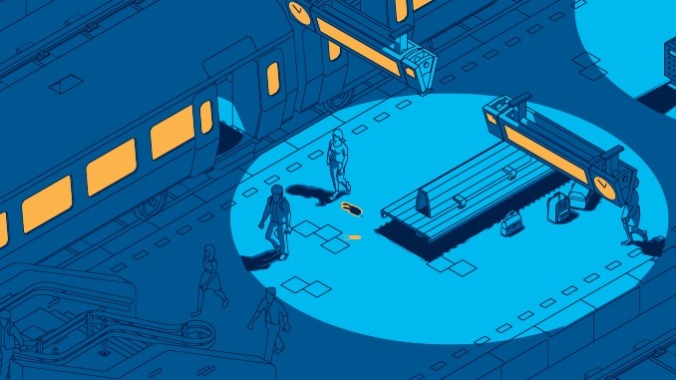SCHiM is a Charming Platformer That’s a Bit Too Shallow

One of my favorite elements about the platformer genre these days is that you can find entries that cater to a wide variety of skill levels and interests, from many of Nintendo’s more beginner-friendly offerings that are a great onboarding ramp to the medium, like the Kirby series, to positively brutal gauntlets like Celeste’s C-side levels. SCHiM is a 3D platformer from developers Ewoud van der Werf and Nils Slijkerman that falls closer to the former camp, pulling in players with its pleasant atmosphere and smooth core movement instead of through challenging trials. While this laid-back approach results in a short, chill experience with some real charm, its lack of mechanical twists and thin storytelling make it fall short of its full potential.
As for the setup, the game begins as a little frog-like critter, a schim, lives out its days inside the shadow of a human. We watch as the kid they’re bound to grows up, going from carefree days spent with friends to the crushing everyday grind of an office job. And then things get worse. The schim’s human gets laid off from work, and the resulting stress seems to break the connection between this young adult and the creature, leaving the schim all alone. From here, they need to make their way back to their human’s shadow.
Play-wise, the schim’s journey is broken into short levels where you jump between dark places while chasing after your human, who always just barely eludes you. The controls are simple: you can jump, interact with objects (usually so that you can jump a little farther), rotate the camera between set isometric angles, and check where the next objective is. Since this story takes place in the streets of a mundane European city, the schim doesn’t have to worry about navigating angry Koopas, ice worlds, or killer traps, but this doesn’t mean their trek is hazardless. They can only exist in puddles of darkness, forcing you to move between shadows cast by buildings, pedestrians, vehicles, animals, machinery, and more as you chase your old companion.

The main thing that makes traversing these environments satisfying is that the basic platforming is fluid and responsive. The schim speeds through these environments like an amphibian gliding on water, and it’s easy to maintain their momentum as you queue up a series of instantaneous leaps to reach your goal. Each time you hop, there’s a rewarding amount of air mobility that puts you in control of your trajectory, which is a big help because many of the shadows you’re aiming for are small targets. And when it comes to game feel, the smartest touch is that if you ever land outside a shadow, you get one additional smaller jump to correct things, granting some nice room for error. Add in the other subtle flourishes, like the gratifying splish-splashing sound cue that accompanies entering or exiting the dark, and it’s quite rewarding to launch this frog toward their destination.
But if SCHiM has a more obvious draw, it’s the sleek, minimalistic art style. This world is portrayed via a limited color palette that gives these environments a striking contrast, a touch that also makes it easy to spot shadows. It all looks good in a still image but even better in motion, as pedestrians move through the space with a liveliness brought out by expressive animation that makes these contemporary city streets feel alive and largely interesting to explore. Altogether, these visuals and backdrops grant this setting a playful tone that fits well with its relatively undemanding gameplay.
